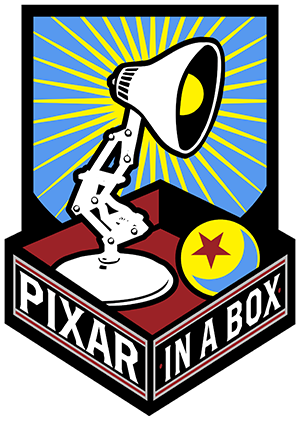Rotoscoping is an animation technique where animators trace over actual motion picture footage, frame by frame. It produces "drawn" animation but looks very realistic action.
It is not a new technique. It was invented by animator Max Fleischer in 1915, and used in his groundbreaking Out of the Inkwell animated series (1918–1927) and was known as the "Fleischer Process" on the early screen credits, and was essentially exclusive to Fleischer for several years. Today it is done by computers, but the process is still called rotoscoping.
The rock band A-ha’s 1985 music video for "Take On Me" is a famous contemporary example of the technique being used. That video has more than a billion views on YouTube.
The video was directed by Steve Barron and animated by Michael Patterson and Candace Reckinger who won an MTV Video Music Award for Best Special Effects in a Video for this work. They rotoscoped around 3,000 frames over 16 weeks using the reference live-action scenes of the band.
Here is a good video look at how it was made.



